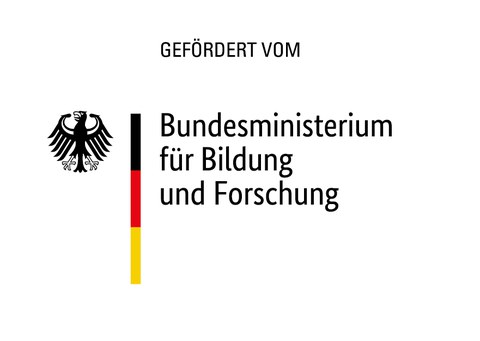Integrating UAV multi-sensor data and machine learning for Earth and Environment
Earth’s surface is subject to constant change. Advanced miniaturized sensors
integrated into drones have the potential to capture environmental changes efficiently
and thus to transform field research. Drones are a disruptive technology that bridge
the critical gap between ground and satellite-based observations, by collecting high
resolution data (millimeters to centimeters) over large surface areas (1–10 square
kilometers). Several challenges remain however and a multi-disciplinary collaboration
is required to resolve issues such as data accuracy, and data analysis in a rapid and
efficient manner.
To tackle these challenges, we will bring together interdisciplinary expertise from the
fields of photogrammetry, hyperspectral data processing, point cloud analysis,
information technology and robotic vision/deep learning. Collaborative research will be
based around 3 studies involving photogrammetric, LiDAR and hyperspectral data
collected by drones. The data will be collected in Germany and Australia, then
worked on by a broad range of experts in two Research Collaboration Workshops,
hosted by the partner universities. Novel classification approaches will be developed
to analyze the data and we will each exchange training in our areas of expertise.
Survey sites will be revisited after the exchanges to detect both changes in the
environment and improvements in the workflows.
This project is sponsored by the Federal Ministry of Education and Research and performed in co-operation with the School of Earth, Atmosphere and Environment, Monash University, Australia and the Division of Exploration, Helmholtz InstituteFreiberg for Resource Technology (HIF), Helmholtz-Zentrum Dresden-Rossendorf (HZDR).

